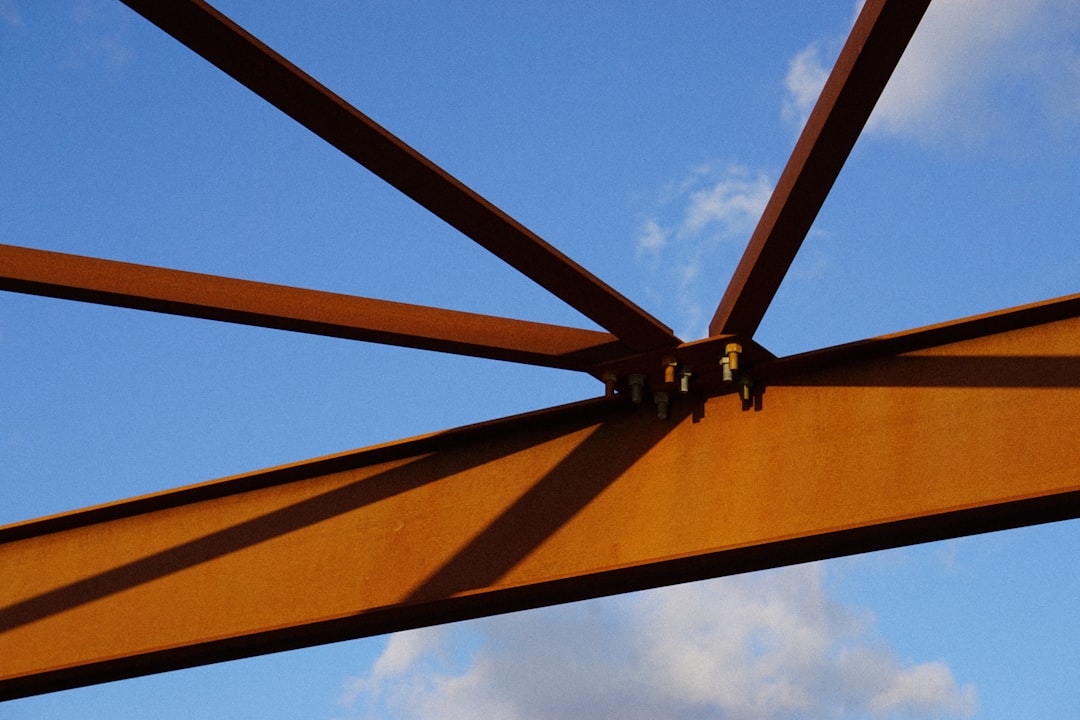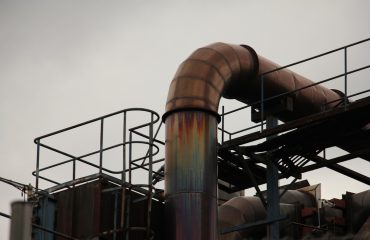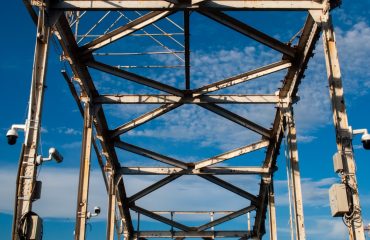High Elastic Limit (HEA) steel profiles are increasingly popular in the construction of heavy load structures due to their superior strength and efficiency. This comprehensive guide explores the key aspects of designing with HEA profiles, offering insights for engineers and architects tackling demanding projects.
Understanding HEA Steel Properties and Advantages
HEA steel, characterized by its high yield strength and elastic limit, offers significant advantages over traditional structural steel sections. This superior strength allows for the use of lighter sections, reducing material costs and overall structural weight. The increased elastic limit means the material can withstand greater stress before yielding, enhancing the structural integrity and safety of the project. HEA steel also exhibits excellent weldability and formability, simplifying fabrication processes. However, it’s crucial to understand that while stronger, HEA steel can be more brittle than standard steel, requiring careful consideration during the design phase to mitigate potential risks associated with impact loading or fatigue.
Choosing the Right HEA Profile for Your Project
Selecting the appropriate HEA profile is paramount for structural integrity and efficiency. Several factors influence this choice, including the anticipated load, span length, support conditions, and overall design requirements. Detailed load calculations, using appropriate safety factors, are essential. Software tools like finite element analysis (FEA) can significantly aid in determining optimal HEA profiles and verifying structural performance under various load scenarios. Consideration should also be given to the availability of specific HEA profiles from manufacturers and the logistical implications of transportation and handling of larger, heavier sections. The profile’s geometry – whether I-beam, H-beam, or other variations – will also impact its moment of inertia and section modulus, influencing its bending resistance.
Design Considerations for Heavy Load Structures with HEA Profiles
Designing with HEA steel requires a nuanced approach that differs from traditional steel design. The higher strength necessitates careful attention to detailing to prevent premature failure due to stress concentrations. Proper connection design is critical; welds must be meticulously executed and inspected to ensure sufficient strength and prevent cracking. The use of high-strength bolts may also be necessary for certain connections. Buckling, particularly lateral-torsional buckling, needs careful analysis and mitigation strategies, potentially involving bracing or stiffeners. Furthermore, the potential for brittle fracture in HEA steel mandates considering the impact of low temperatures and potential flaws in the material during the design process. Detailed analysis, incorporating relevant design codes and standards, is crucial for ensuring the safety and longevity of the structure.
Fabrication and Construction Techniques for HEA Steel
The fabrication and construction of structures using HEA profiles demand specialized expertise. The higher strength of HEA steel requires precise cutting, welding, and handling techniques to avoid damage to the material. Specialized welding procedures and qualified welders are essential to ensure the integrity of the welds. Proper handling equipment is necessary due to the increased weight of the HEA sections compared to traditional steel profiles. To minimize on-site challenges, prefabrication of components in controlled environments is often preferred. Detailed shop drawings and stringent quality control measures are crucial throughout the entire process, from material procurement to final erection. This meticulous approach helps guarantee the accuracy and quality of the finished structure.
Case Studies and Application Examples of HEA Profiles
Numerous successful projects demonstrate the effectiveness of HEA profiles in heavy load structures. These include large-span bridges, high-rise buildings, industrial platforms, and offshore structures. In bridge construction, HEA beams can significantly reduce the overall weight and material costs while maintaining the required structural capacity. High-rise buildings utilizing HEA steel can achieve greater height and floor area with fewer columns. Industrial platforms benefit from the increased load-bearing capacity of HEA profiles, allowing for the placement of heavier equipment. Offshore structures, subjected to extreme environmental conditions, rely on the high strength and durability of HEA steel to withstand harsh marine environments. Examining these case studies reveals best practices, highlighting the successful integration of HEA profiles into diverse and challenging projects. Analyzing these real-world applications provides valuable insights into efficient design and construction methodologies.
By understanding the properties, design considerations, and application examples of HEA steel profiles, engineers and architects can leverage their superior strength and efficiency to create safer, more economical, and sustainable heavy load structures.
SEO Tags:
- HEA steel
- Heavy load structures
- Structural steel design
- High strength steel profiles
- Engineering design




